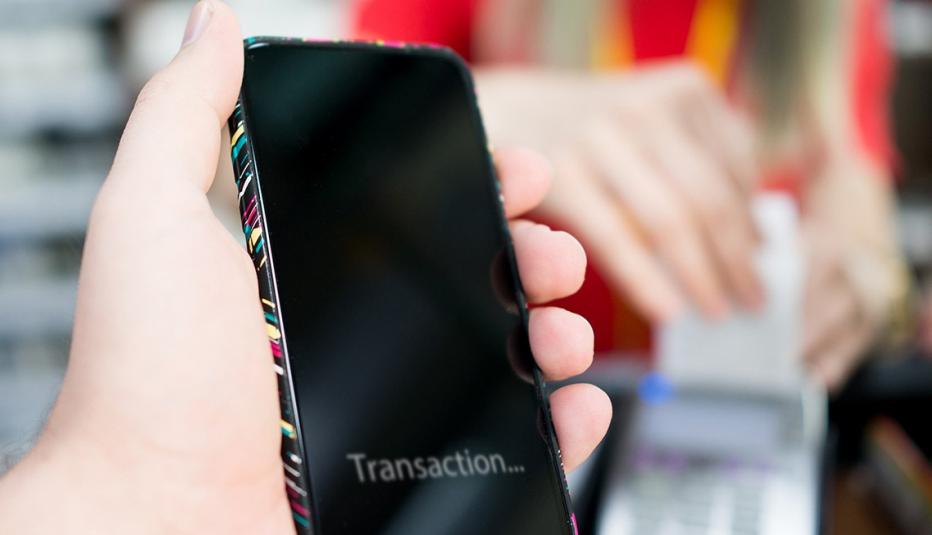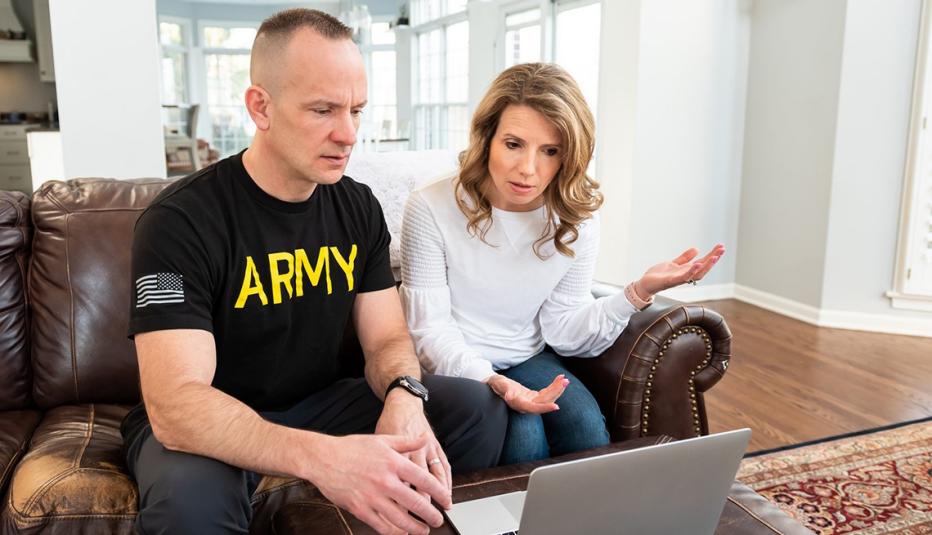AARP Hearing Center
A growing number of consumers are using peer-to-peer (P2P) payment platforms to send money to someone else's account — a relatively quick and easy way to transfer money. With current stay-at-home orders and social distancing mandates during the coronavirus pandemic, more people are turning to online payments for delivery of groceries, meals, and other necessities. This study explores how often people are using these platforms, the reasons for using them, and the associated risks.


Key Findings
- The majority of U.S. adults report using P2P payment platforms such as Venmo, PayPal, eBay, and Square.
- More education is needed to raise awareness on how P2P payment platforms operate.
- U.S. adults are using P2P payment platforms to send money to people they don't know.
Methodology
The results in this report were part of a larger survey conducted by NORC at the University of Chicago on behalf of AARP. For the national survey of U.S. adults, data were collected using the AmeriSpeak® Panel, a probability-based panel developed by NORC at the University of Chicago. AmeriSpeak is designed to be representative of the U.S. household population. Interviews for this survey were conducted in English November 4–15, 2019, with adults ages 18 and older, representing the 50 states and the District of Columbia. Respondents were randomly selected from the AmeriSpeak Panel using area probability and address-based sampling. A total of 2,842 adults completed the survey.
For more information, please contact Lona Choi-Allum at lallum@aarp.org. For media inquiries, please contact media@aarp.org.
Read the Detailed Findings
National
- Peer-to-Peer Payment Practices and Associated Risks: A Survey of U.S. Adults Ages 18+ (Report, PDF)
- Infographic (PDF)
- Annotated Questionnaire (PDF)































































